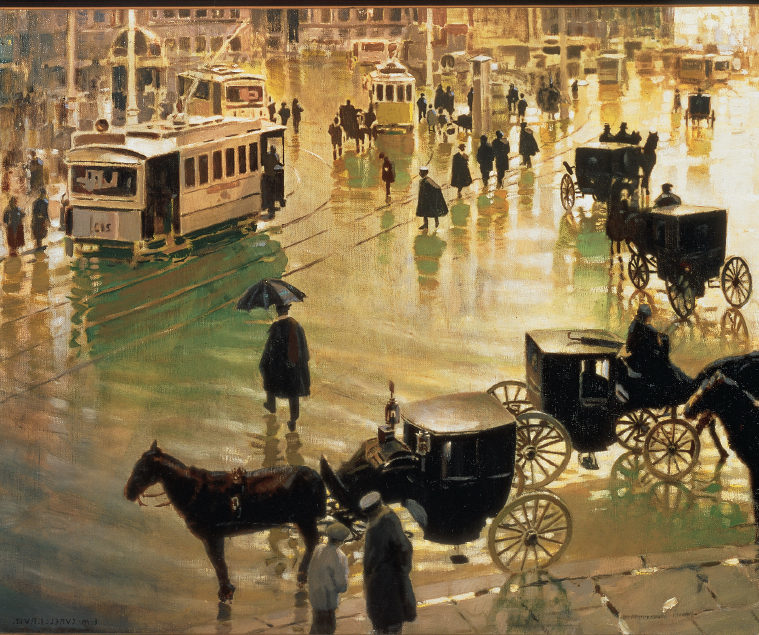What was the impact of urban growth on cities, social classes, families, and ideas?
BBY 1900 WESTERN EUROPE WAS urban and industrial as surely as it had been rural and agrarian in 1800. Rapid urban growth in the nineteenth century worsened long-

Madrid in 1900This wistful painting of a Spanish square on a rainy day, by Enrique Martínez Cubells y Ruiz (1874–